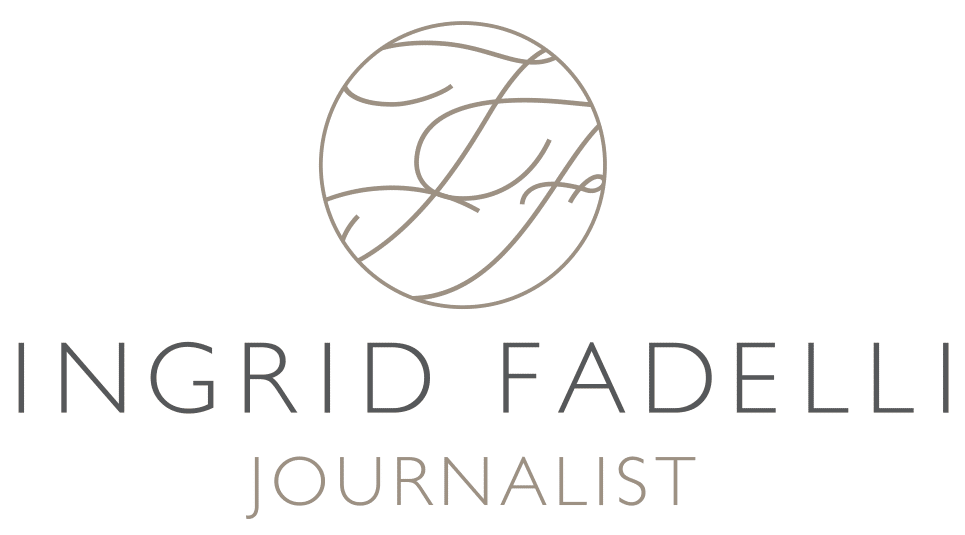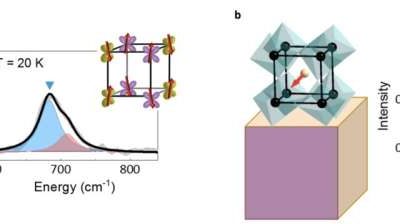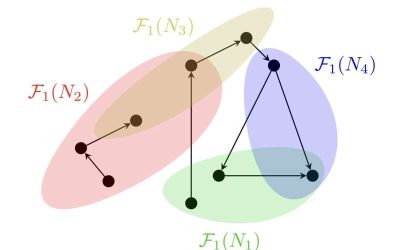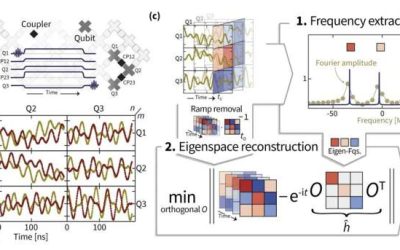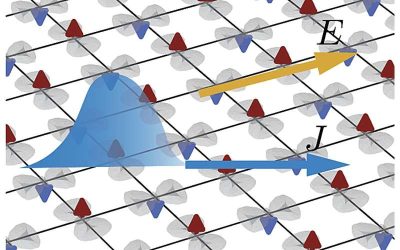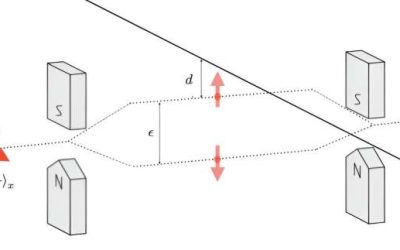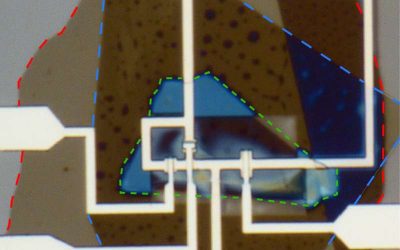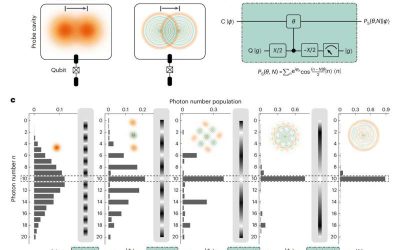Perovskites, materials with a crystal structure that mirrors that of the mineral calcium titanate CaTiO₃, exhibit properties that are advantageous for developing various technologies. For instance, they have proved promising for designing photovoltaic (PV) systems and...
Quantum Physics
Researchers demonstrate universal control of a quantum dot-based system with four singlet-triplet qubits
Being able to precisely manipulate interacting spins in quantum systems is of key importance for the development of reliable and highly performing quantum computers. This has proven to be particularly challenging for nanoscale systems with many spins that are based on...
Study observes a phase transition in magic of a quantum system with random circuits
In the context of quantum mechanics and information, "magic" is a key property of quantum states that describes the extent to which they deviate from so-called stabilizer states. Stabilizer states are a class of states that can be effectively simulated on classical...
New theoretical framework sets limits for the realization of quantum processes in spacetime
Bell's theorem, the well-known theoretical framework introduced by John Bell decades ago, delineates the limits of classical physical processes arising from relativistic causality principles. These are principles rooted in Einstein's theory of relativity, which...
Study explores the physical origin of errors in a spin qubit processor
To achieve remarkable performances, quantum computing systems based on multiple qubits must attain high-fidelity entanglement between their underlying qubits. Past studies have shown that solid-state quantum platforms—quantum computing systems based on solid...
Novel protocols for estimating Hamiltonian parameters of a superconducting quantum processor could improve precision
Researchers at Freie Universität Berlin, University of Maryland and NIST, Google AI, and Abu Dhabi set out to robustly estimate the free Hamiltonian parameters of bosonic excitations in a superconducting quantum simulator. The protocols they developed, outlined...
Physicists reveal nonlinear transport induced by quantum geometry in planar altermagnets
In recent years, many physicists and materials scientists have been studying a newly uncovered class of magnetic materials known as altermagnets. These materials exhibit a unique type of magnetism that differs from both conventional ferromagnetism and...
Detecting Planck-scale dark matter by leveraging quantum interference
While various studies have hinted at the existence of dark matter, its nature, composition and underlying physics remain poorly understood.
Direct measurement of a subtle current phase relation shows potential for more stable superconducting qubits
In recent years, quantum physicists and engineers have made significant strides toward the development of highly performing quantum computing systems. Realizing a quantum advantage over classical computing systems and enabling the stable operation of quantum devices,...
